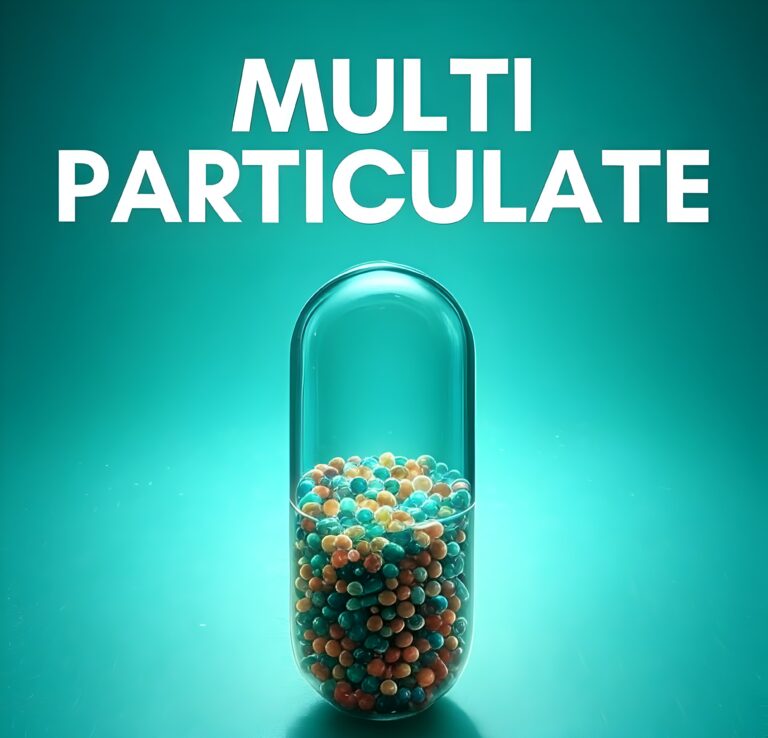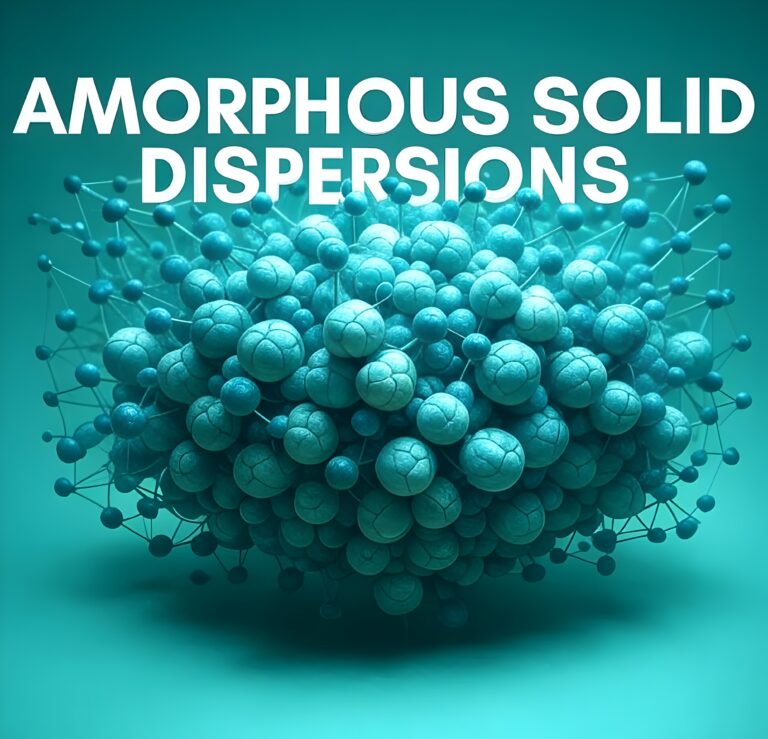Abuse-deterrent formulations (ADF) are a critical advancement in the pharmaceutical industry, aimed at curbing the misuse and abuse of prescription medications. As the opioid crisis continues to challenge healthcare systems worldwide, Abuse Deterrent Technology offer a beacon of hope in ensuring medications are used as intended by patients.
Abuse Deterrent Technology limits abuse of the dose form by incorporating multistage levels of deterrence technology, preventing the manipulation of the product into an inhalable or injectable form, and rendering the recovered product unusable for further manipulation. In addition, the softgel dose form cannot be ground, blended, or crushed to create powder or microparticle form.

Benefits
- Accessible technology enabling an effective and innovative abuse resistant product.
- Multi-level abuse prevention technology incorporated into each capsule.
- Product is a patient/consumer preferred Softgel dose form.
- Rapid commercialization with Hycon’s development and manufacturing expertise.
Mechanisims
Our ADF technology integrates innovative deterrence mechanisms that are designed to resist common forms of medication tampering and abuse. These mechanisms include:
- Physical Barrier Technology: Utilizing materials that are difficult to crush, chew, or dissolve, making it challenging to misuse the medication.
- Chemical Barrier Technology: Incorporating substances that counteract the release of the active ingredient when tampered with, such as by heating or using solvents.
- Agonist/Antagonist Combinations: Combining the active drug with an antagonist that is activated upon tampering, negating the drug’s effect.
- Aversion Technology: Adding an ingredient that produces an unpleasant effect if the drug is manipulated or consumed in a way other than prescribed.
Product Differentiation
- Proprietary technology providing market protection.
- Innovative and effective abuse resistance to meet FDA scrutiny and public pressure hurdles.
- Immediate and Extended Release therapeutic profiles available.
We have a long track record of customizing successful programs involving our proprietary advanced technologies:
- Pre-formulation and feasibility studies.
- Solubility screening of New Chemical Entities.
- Softgel capsule fill formulation development.
- Small-scale lab encapsulation for early stability data and final formulation selection.
- Capsule shell development.
- Strong IP (intellectual property) positions including fill formulations for improved bioavailability.
- Extensive technical support in softgel capsule product development.
- Reliable supply from clinical phases to commercial manufacturing.
- Contingency planning and quality assurance via our large global network.
Assessment
Hycon has developed specific testing capabilities in the area of abuse-deterrent formulations per the recent regulatory guidelines. Specific assessment of abuse-deterrent formulations includes the following and Category 1-3 testing:
- Hands-on experience with multiple therapeutic classes and extended/immediate release formulations
- Physical manipulation studies including crushing and grinding techniques
- Extraction/Solubility assessments
- Specialized assessments of vaporization and syringeability/injectability
- Comparison to marketed products
- Initial assessment phase followed by protocol experiments
- Studies conform to current regulatory guidelines
- Documentation of results in final reports containing photographs and video
Related Services
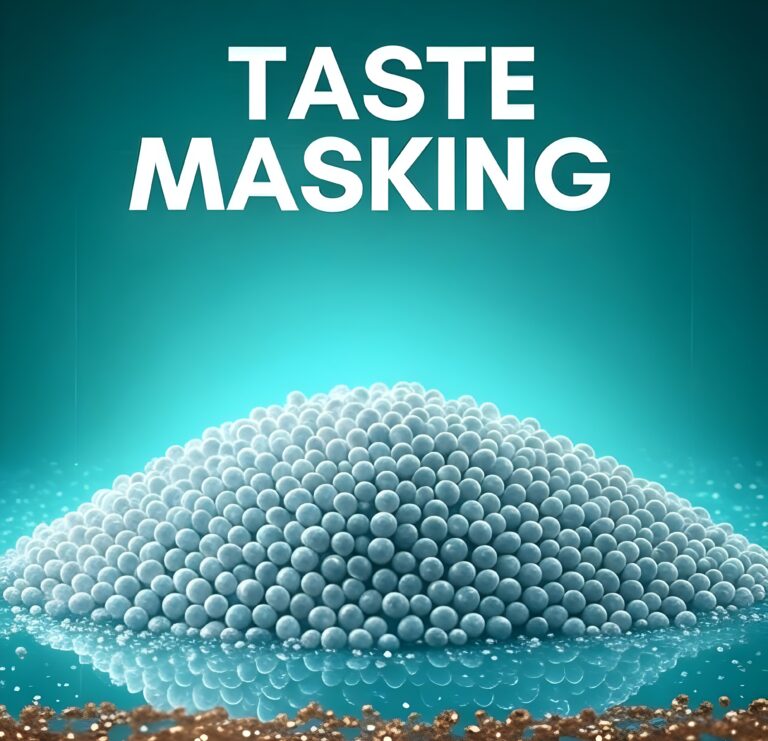



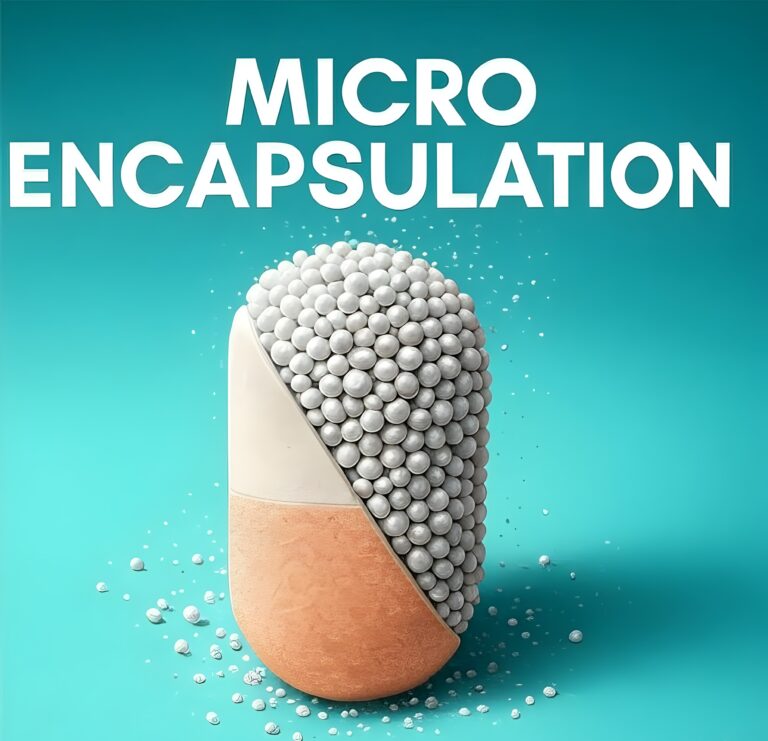
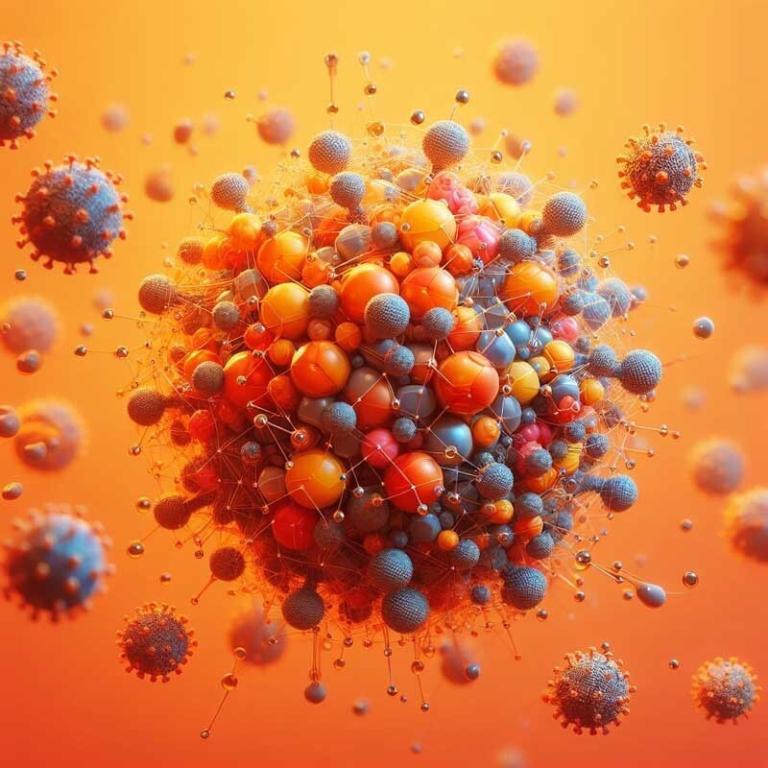

FAQs
Here are some frequently asked questions about Abuse Deterrent
Abuse-deterrent formulations (ADFs) are specialized pharmaceutical products designed to significantly reduce or inhibit the potential for abuse, particularly for drugs with a high risk of addiction, such as opioids. ADF technologies aim to deter common methods of abuse, such as crushing, chewing, snorting, or injecting, by making it difficult or less desirable to manipulate the medication from its intended dosage form.
ADFs work by employing various technologies and strategies to prevent manipulation or misuse of the medication. These can include:
- Physical barriers that make the pill hard to crush or dissolve.
- Chemical barriers that prevent the release of the active drug when tampered with or used inappropriately.
- Agonist-antagonist combinations where the antagonist blocks the effect of the drug if tampered with.
- Aversion technologies that produce an unpleasant effect if the drug is manipulated or consumed in a non-prescribed manner.
- Delivery system mechanisms that control the release of the drug over time, making it less attractive for abuse.
ADFs are important because they represent a critical strategy in addressing the public health issue of prescription drug abuse, particularly opioid addiction. By making prescription medications less prone to abuse, ADFs can help reduce the incidence of misuse, overdose, and death while still providing necessary pain relief or therapeutic benefits to patients who use the medications as directed.
Developing ADFs presents several challenges, including:
- Formulation complexity: Creating a formulation that effectively deters abuse without compromising the therapeutic efficacy for the intended patient population.
- Regulatory hurdles: Meeting regulatory requirements for demonstrating both the abuse-deterrent properties and the clinical efficacy of the product.
- Cost: Research, development, and manufacturing of ADFs can be more expensive than for traditional formulations.
- Patient acceptability: Ensuring that the modifications do not negatively impact the patient's experience or the medication's accessibility.
Regulatory agencies, such as the FDA in the United States, view ADFs positively as part of the solution to the opioid crisis and prescription drug abuse. They provide guidance for the development, evaluation, and marketing of ADFs, including specific studies required to demonstrate abuse-deterrent properties. The FDA encourages the development of ADFs by offering incentives like fast-track designation and extended patent protection for products that can prove significant advancements in deterring abuse.
While many medications, especially those with a high potential for abuse, can be formulated as ADFs, not all drugs are suitable candidates. The feasibility depends on the drug's chemical properties, mechanism of action, dosage, and how it is typically abused. The development of an ADF requires careful consideration of these factors to ensure that the abuse-deterrent features do not compromise the drug's safety, efficacy, or delivery to patients who use the medication as prescribed.
Key considerations in ADF development include:
- Understanding the patterns of abuse: Identifying how a medication is most commonly misused to target those methods effectively.
- Balancing efficacy and deterrence: Ensuring that the abuse-deterrent properties do not adversely affect the medication's therapeutic benefits for legitimate users.
- Regulatory compliance: Meeting specific guidelines set by regulatory bodies for demonstrating abuse deterrence.
- Patient safety: Avoiding features that could potentially introduce new risks to patients or decrease medication accessibility.
Hycon supports the development of ADFs by offering specialized expertise in formulation development, analytical testing, regulatory strategy, and manufacturing of complex products. This includes:
- Formulation expertise: Utilizing advanced technologies and materials to develop effective abuse-deterrent mechanisms.
- Analytical capabilities: Conducting rigorous testing to evaluate the performance of the ADF under various abuse scenarios.
- Regulatory guidance: Providing support for navigating the regulatory requirements specific to ADFs, including the design of studies to demonstrate abuse deterrence.
- Scalable manufacturing: Offering capabilities to produce ADFs at commercial scale while ensuring quality and compliance.
Drugs that are most commonly formulated as ADFs include opioids (such as oxycodone, morphine, and hydrocodone), stimulants (such as amphetamines for ADHD), and other medications with a high potential for abuse. The focus on these drugs reflects the public health priority of addressing prescription drug abuse and overdose risks associated with these substances.
The future of ADFs in pharmaceutical development is promising, with ongoing research into new and innovative technologies to further enhance the effectiveness of abuse deterrence. As the understanding of abuse patterns evolves and regulatory support continues, it is likely that more medications will be developed with abuse-deterrent properties. Additionally, the increasing emphasis on addressing the opioid crisis and prescription drug abuse may drive further innovation and adoption of ADFs across a wider range of therapeutic areas.


